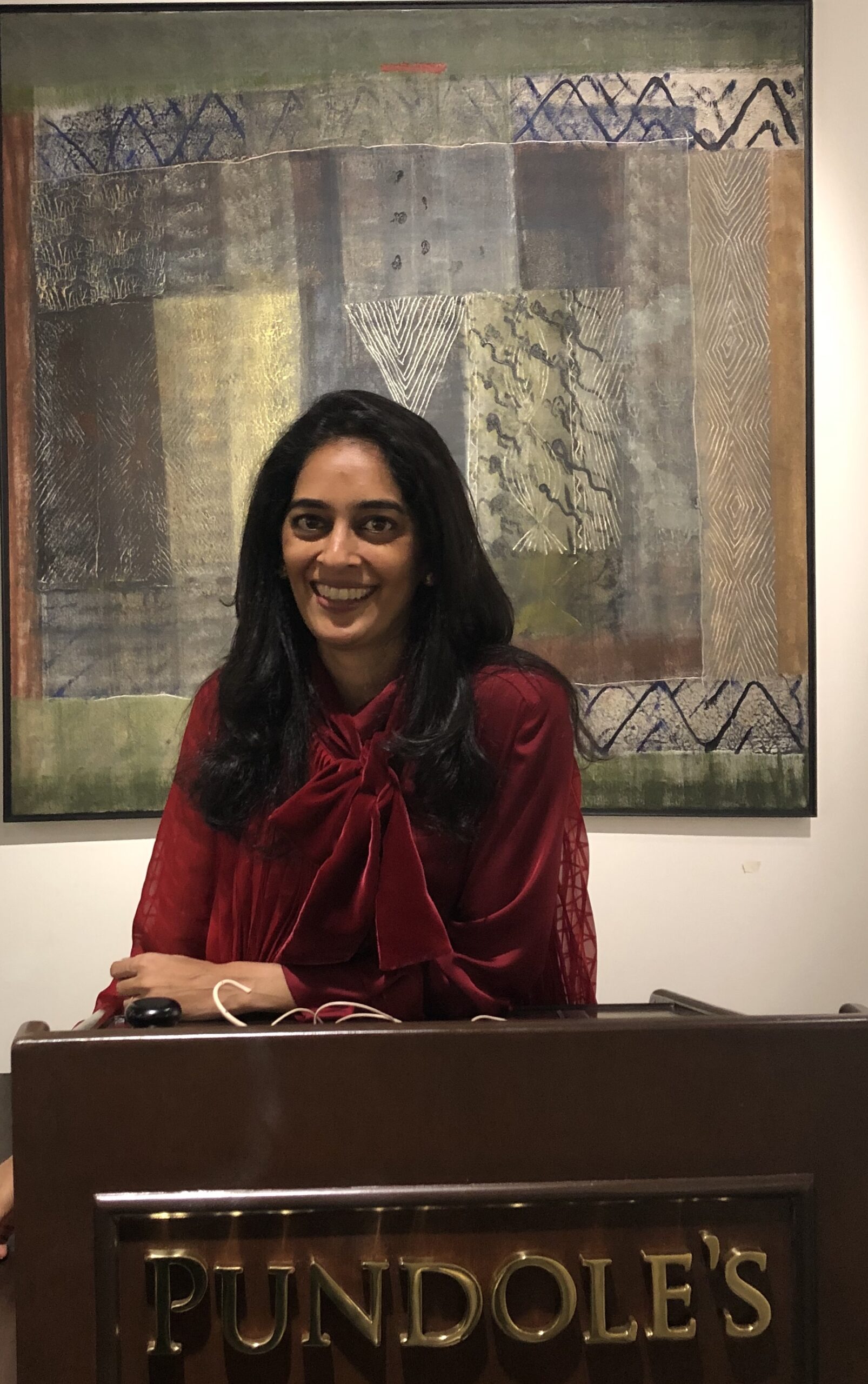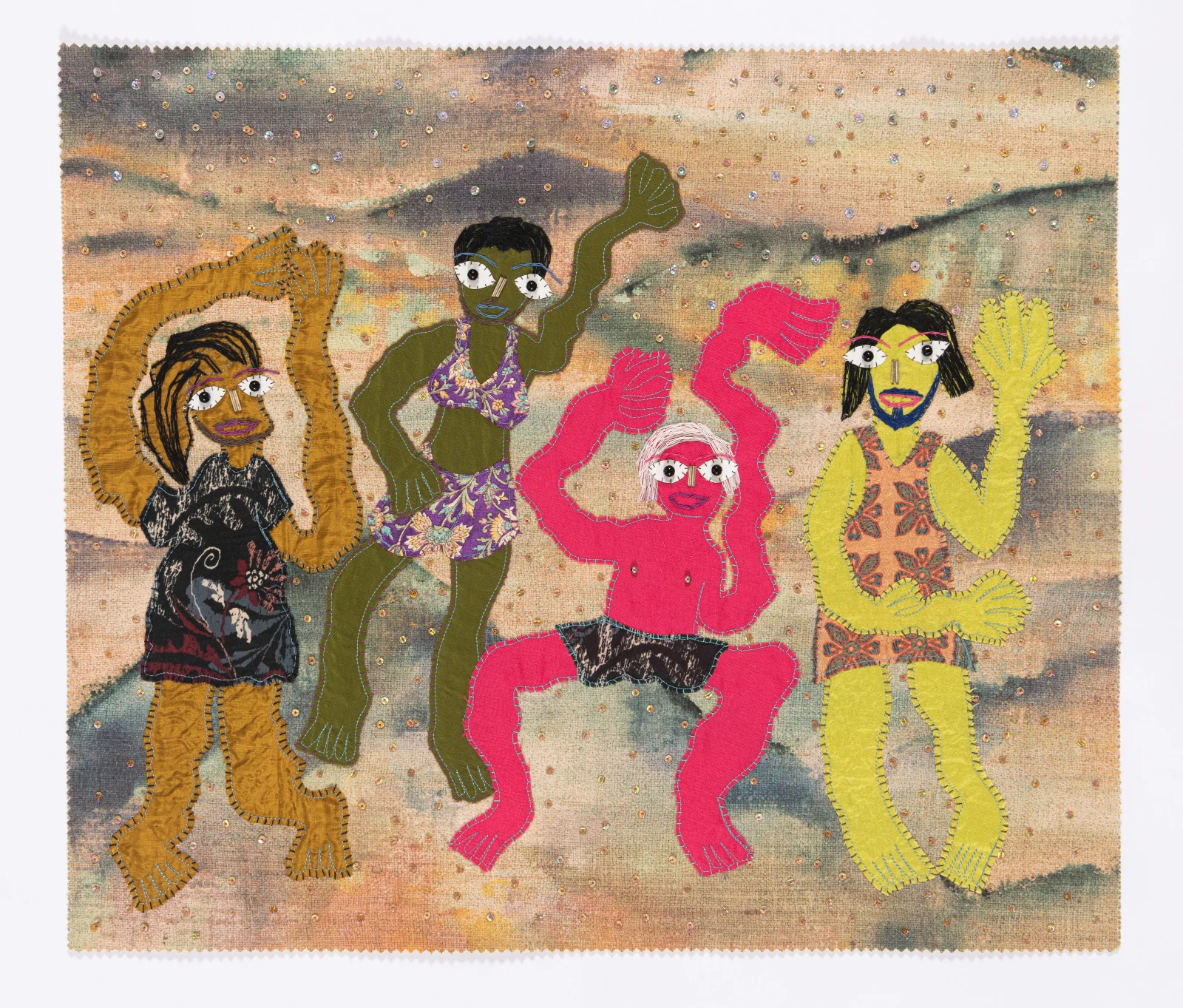Today we’re tugging at a question all artists have combated at one point or another in their life cycle as a creator. The question of freedom in artistic expression and the importance of art censorship.
In the recent case where Vienna’s museums now upload their works on OnlyFans is not the first and won’t be the last stand that an organisation or individual takes for their work to be seen, uninterrupted. After their artworks were repeatedly banned & censored from social media platforms such as Instagram and Tik-Tok, Vienna tourism board took a call to showcase the artworks on OnlyFans platform, where people can now view painted nudes and risqué statues from the collections of Vienna’s finest museums for $4.99 a month. The board and museums maintain their stance that this act, however, does not make the artworks sexual by any measure.
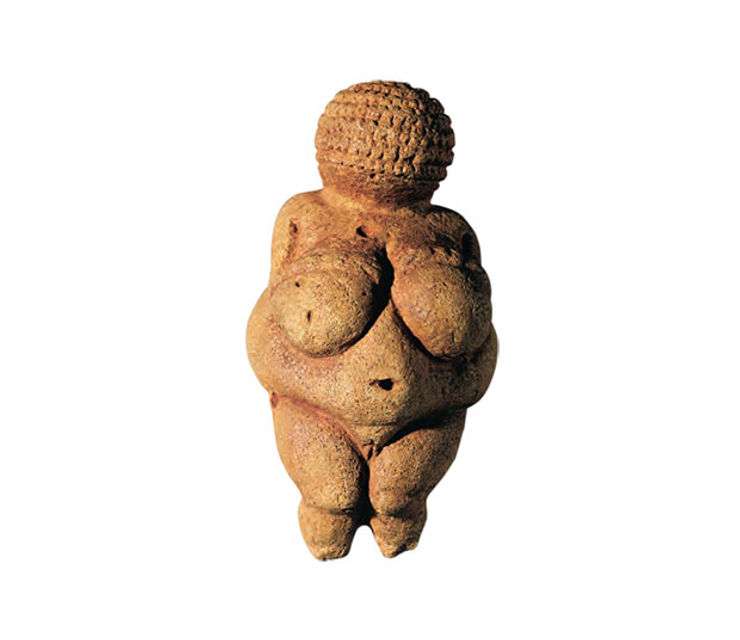
We took a look at some other censored artworks that gained attention, and disapproval, outside the realm of closed doors of museums and galleries.
1. The Nude Maja – Francisco Goya, 1797-1800
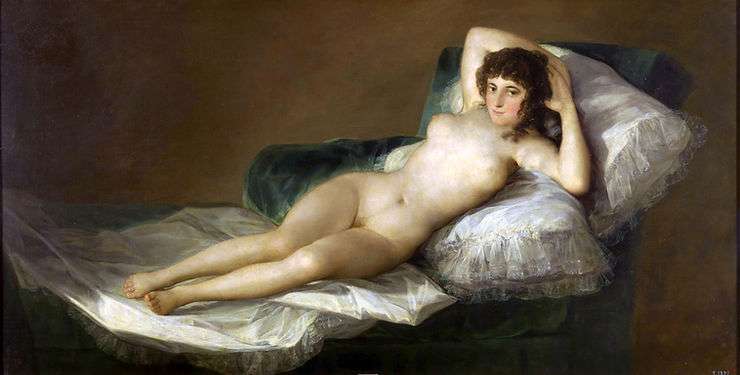
Maja Desnuda or Nude Maja was the first of the series of paintings by Goya. This was one of the first ever paintings to be censored due to the bold act of the model staring directly at the viewer. It was the first painting where the pubic hair was made visible which was unthinkable at that time. In 1813, the Spanish Inquisition confiscated both of the paintings, Nude Maja as well as the second in the series, The Clothed Maja, as obscene and was returned to the Academy of Fine Arts in 1936 post Goya’s death.
2. Les Demoiselles d’Avignon – Pablo Picasso, 1907
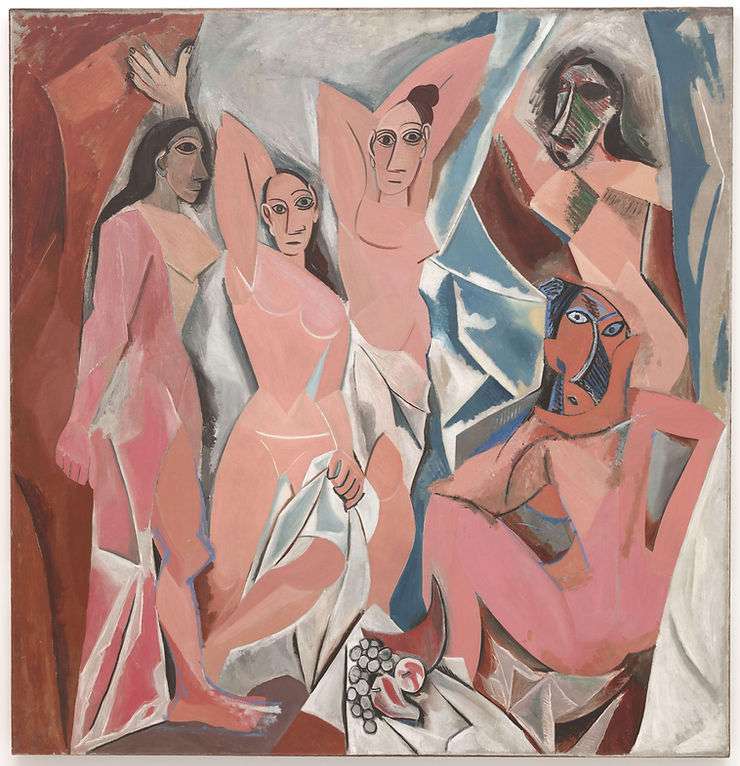
At the time of its first exhibition in 1916, the painting was deemed immoral. It marked a radical change in the perspective of traditional European painting composition and served as a visual commentary on race and femininity. The oil painting showcases 5 naked prostitutes on the street of Barcelona that was famous for its brothel wearing ethnic African and Iberian masks & sculptures. This painting created quite a distasteful ripple amongst Picasso’s associates and even friends.
3. Self – Marc Quinn, 1991
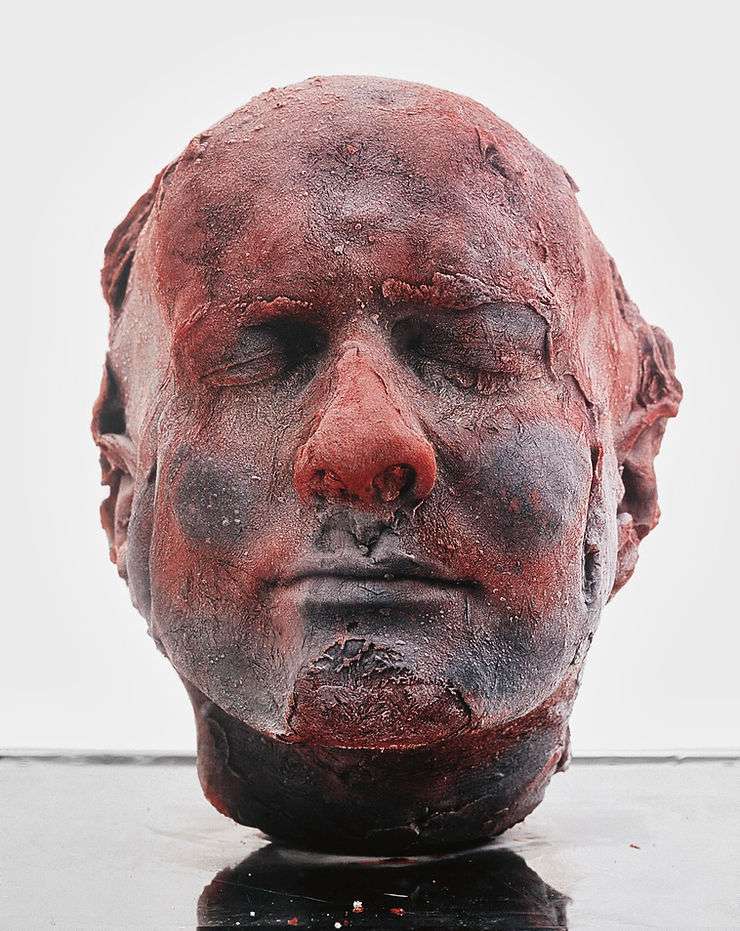
Marc Quinn took self-portrait a little too seriously. Portraying the idea of dependency, Quinn uses a frozen silicone mold covered in liters of his own blood as the cast layer. This is the first of his iterations that he has created every 5 years in order to show growth and change in self over time. When first unveiled in 1991, the artists received a lot of flak by the community, questioning the materiality of his artwork and self.
4. “Exhibit B” – Brett Bailey, 2014
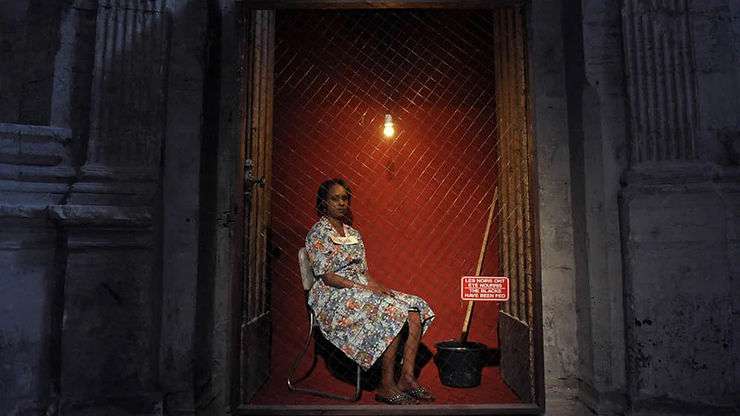
This performance was designed by Brett Bailey at The Barbican Centre in London to replicate the heinous racist crimes and human zoos that existed in the 19th & 20th Century. The piece was cancelled before it ran at the centre due to several protests and threats made to the performers and artist, deeming the performance racist by itself.
No matter the era, there are always artists who create controversial pieces that challenge society and break through the traditions of that time. They have left a huge mark on art history, paving the way for freedom of creativity and expression, and inspiring people for centuries to come.


